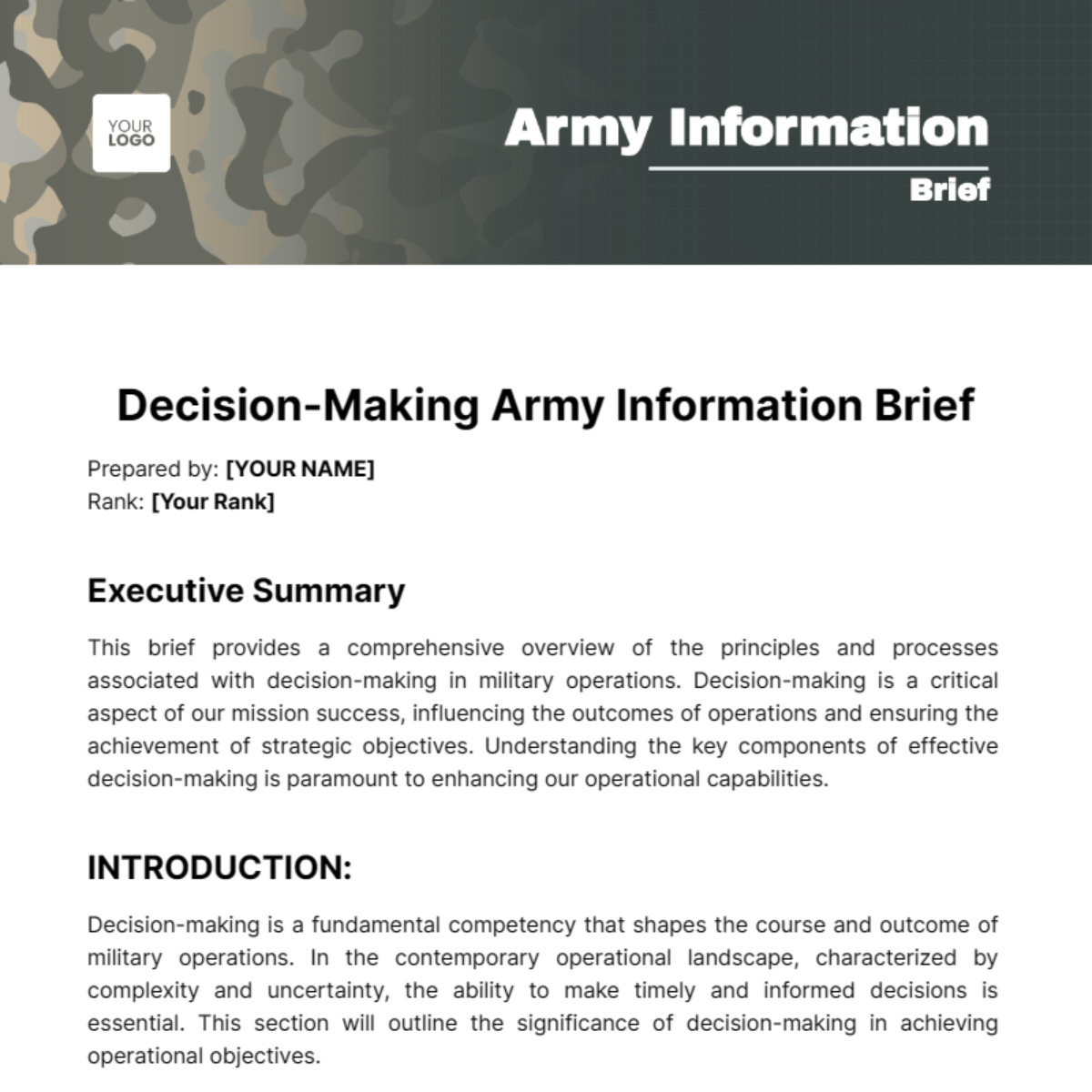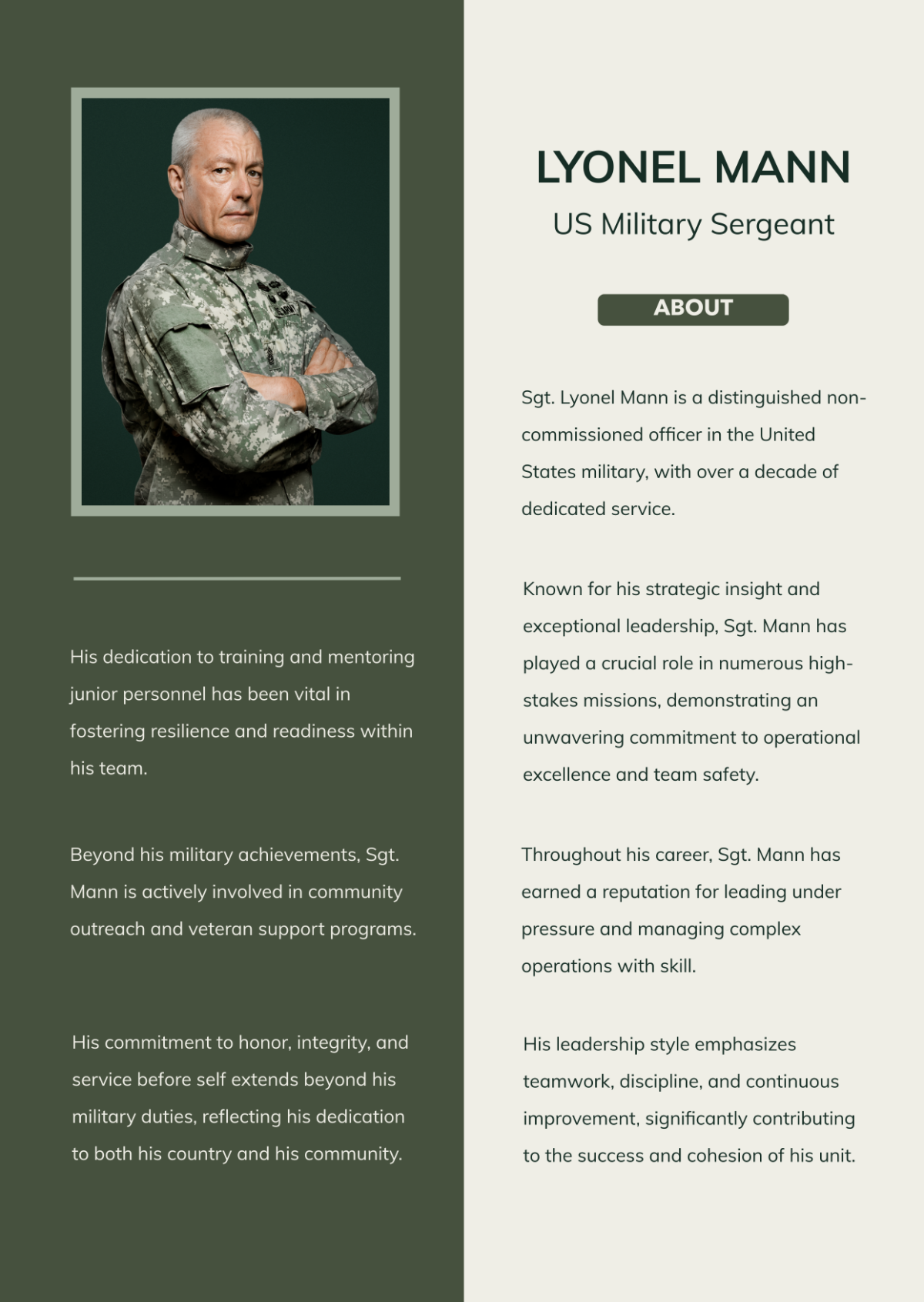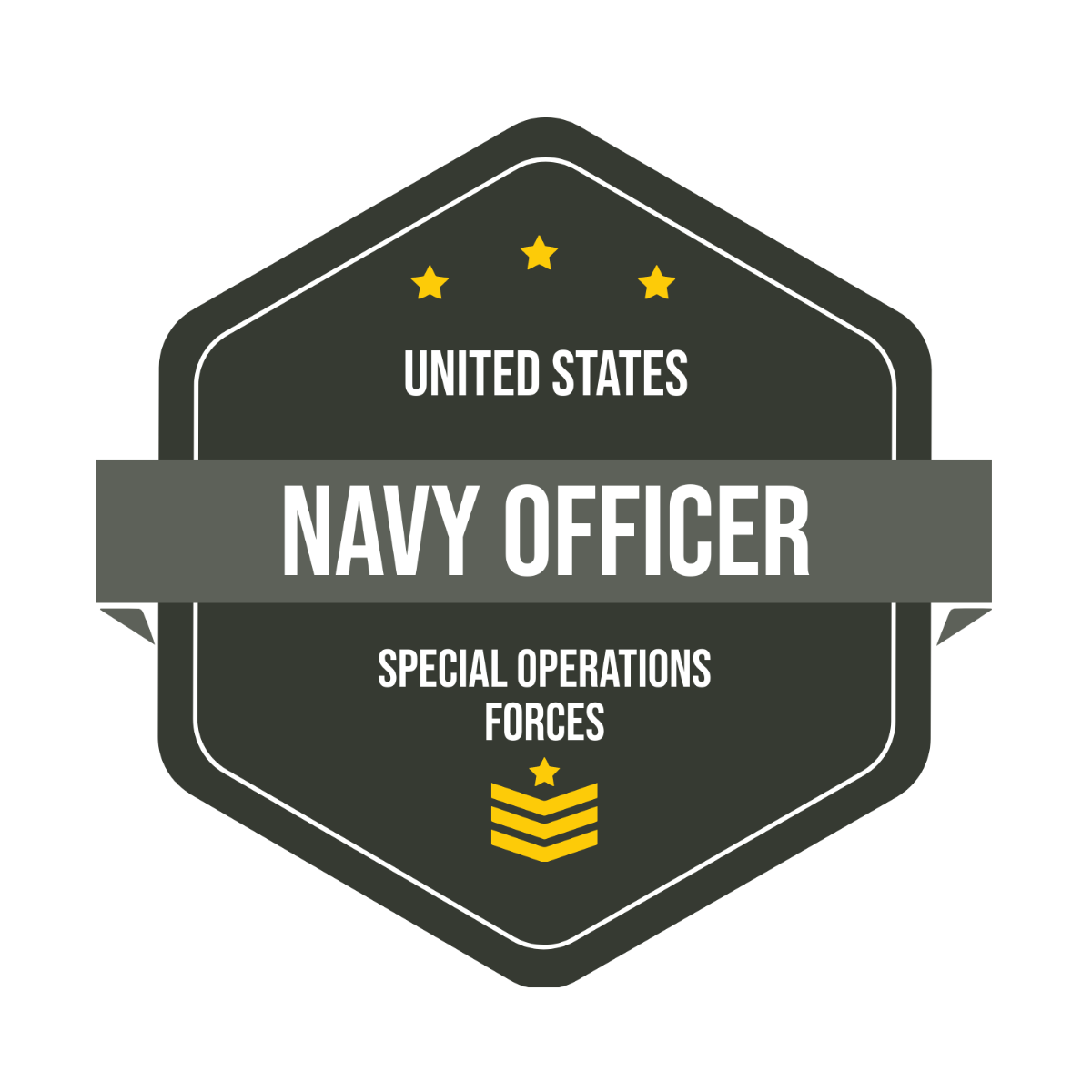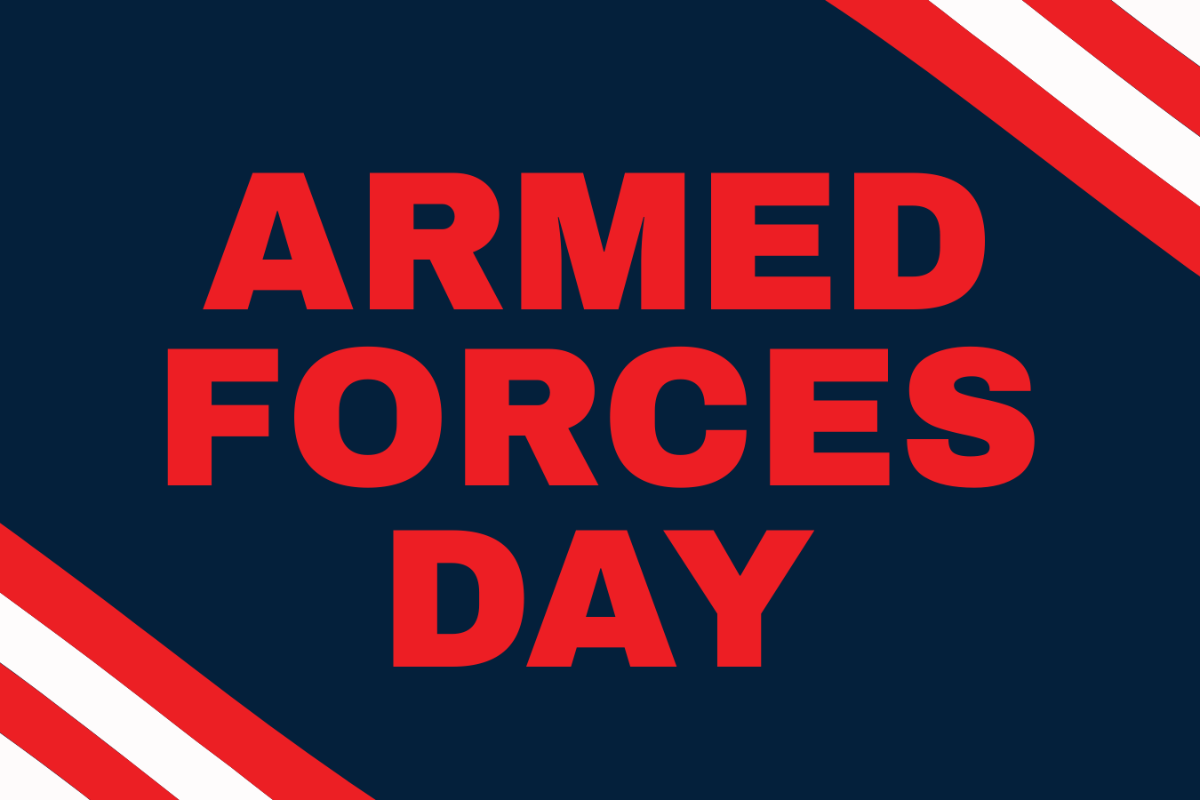Free Army Information Brief
Explore efficiency with our Army Information Brief Template from Template.net. Crafted for precision, this editable and customizable template streamlines your information sharing. Elevate your presentations effortlessly, thanks to its user-friendly design. Editable in our Ai Editor Tool, it ensures seamless customization. Simplify briefings with a tool that aligns with your needs and exceeds expectations.








